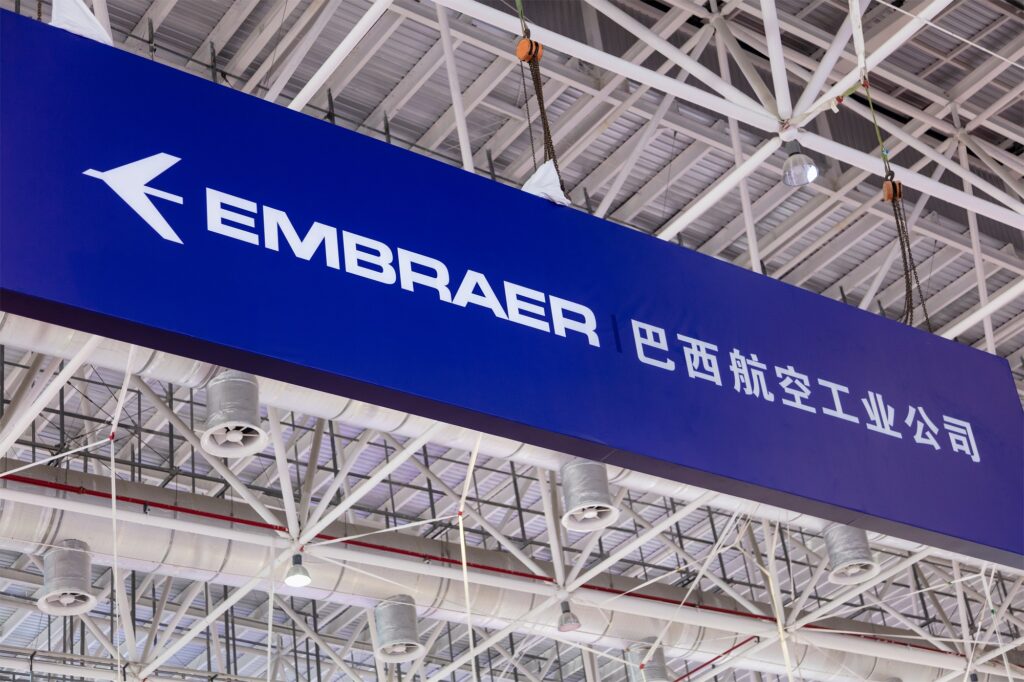Embraer, which managed an impressive growth of revenue in Q4 2022, nevertheless ended the year with a net loss, as the Brazilian manufacturer managed to deliver twice as many commercial aircraft in the last quarter of the year compared to the previous quarter.
Embraer announced its financial results on March 10, 2023, indicating that while it earned $1.9 billion of revenue in Q4 2022, with revenues in 2022 totaling $4.5 billion, the Brazilian Original Equipment Manufacturer (OEM) ended the year with a net loss of $185.5 million. In 2021, its net loss was $44.7 million.
Overall, the manufacturer delivered 80 aircraft in Q4 2022, namely 30 commercial aircraft and 50 executive jets, ending the year with a total of 159 deliveries: 57 commercial and 102 executive aircraft. During the last quarter of 2022, it tripled the number of commercial jets handed over to its customers compared to Q3 2022.
The surge in deliveries during the last quarter of the year resulted in Quarter-on-Quarter (QoQ) revenue growth of 114%. In Q3 2022, the company’s revenues were $929 million.
In terms of orders, Embraer’s backlog grew slightly compared to the end of 2021, growing from $17 billion to $17.5 billion. Commercial aircraft orders totaled 60 in 2022, including 20 orders for the E195-E2 from Canada’s Porter Airlines, eight E175s bought by Alaska Airlines (and 13 options, which will be operated by regional affiliate Horizon Air), Oman’s SalamAir buying six E195-E2s, and Spain-based Binter Canarias ordering five E195-E2 aircraft. An additional 21 units were sold to undisclosed customer(s), Embraer noted.
In 2023, Embraer expects to deliver between 65 and 70 commercial aircraft and between 120 and 130 executive jets. Revenues should total between $5.2 billion and $5.7 billion, with either $150 million of adjusted free cash flow or even more in 2023. The OEM’s adjusted free cash flow in 2022 was $477.6 million.
In 2022, the Brazilian manufacturer confirmed that it would delay its next-generation turboprop for the time being, adding that the entry-into-service date of 2028 was still a possibility.
